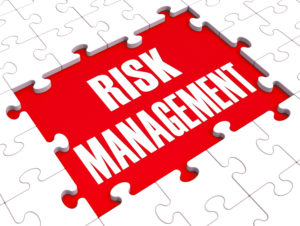Risky Business

Tackling Clause 6.1 in ISO 9001 can be structured by using Ishikawa’s fishbone diagram. You can ‘reverse engineer’ it to create a framework for a simple risk approach.
Ishikawa discovered that most non-conformances typically have their ‘root cause’ in one or more of these four areas:
- People (he called this category Man). This relates to clause 7.1.2 and 7.2. Do our employees have the skills they need to reduce risks associated with their responsibilities?
- Method This category will be in all areas of your system, but if you focus on clause 8, Operations, you’ll be mitigating risks in a critical area. Are we monitoring our process and improving them?
- Machine Look for risks throughout your infrastructure (Clause 7.1.3) and prioritize them. Is our machinery aging? Is our internet fast enough for us?
- Milieu This is your ‘Work environment’ (Clause 7.1.4). Have we created an environment that keeps risk to a minimum? Are we monitoring our culture and fostering engagement? Are we listening to our employees?
We’ve added ‘customer’ on our table in the SimplifyISO platform and don’t forget inputs, either – ‘garbage in’ raises risks every time!
You can add more categories, of course, but by ‘reverse engineering’ Ishikawa’s fishbone you’ll be off to a fine start and will be able to sleep better knowing you’ve got a handle on ‘Risk’. This gives you a starting point for that all important question after an unwanted result occurs, “Could we have avoided this if we had done better risk analysis?”. And we’re required to consider this question in the Corrective action clause 10.2.1 e).
Know Quality, Know Profit…No Quality, No Profit
We have easy-to-use tools built into our Cloud-based Management System platform for managing your risks. We’d be happy to spend 10 or 15 minutes with you to see if it’s a fit…
Schedule a demo
Click here to have a look at the preview for our ‘ISO 9001:2105 Essentials’ online training course:
